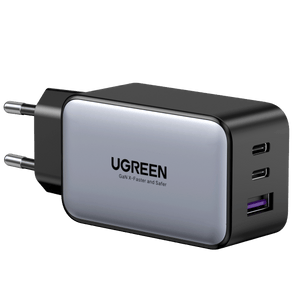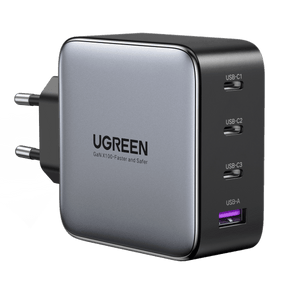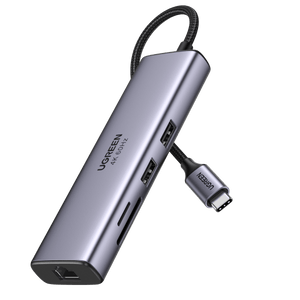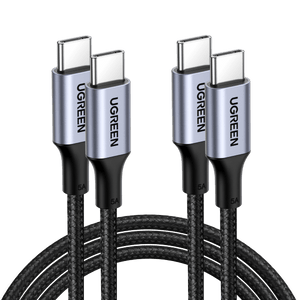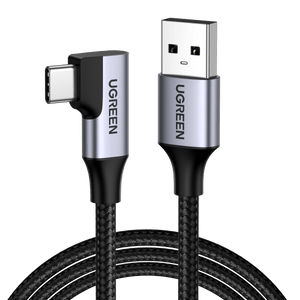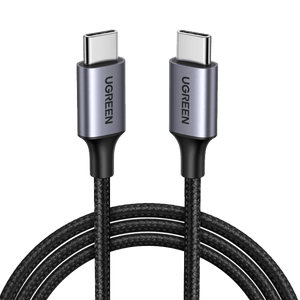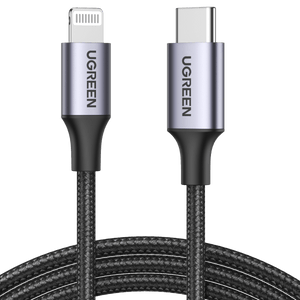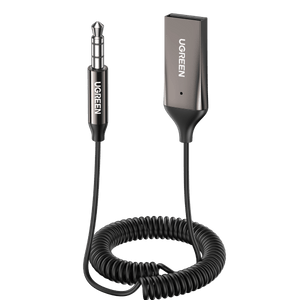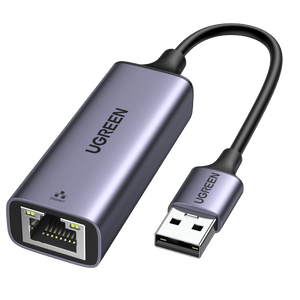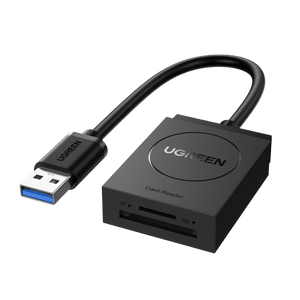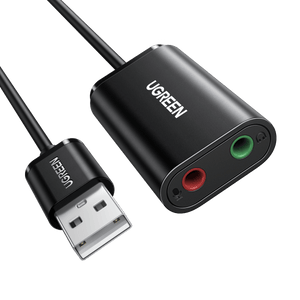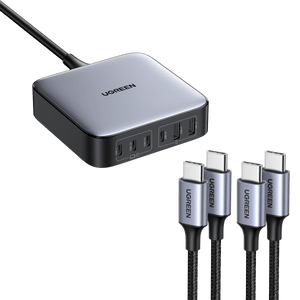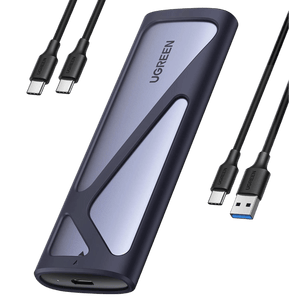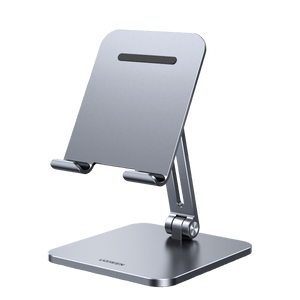4K Streaming Unlocked: The Ultimate Guide to Ultra-HD Viewing
From HD to 4K: A Complete Breakdown of Streaming in Ultra-High Definition
Remember the first time you upgraded to HD, pressed play on your favourite show, and suddenly, the screen seemed to come alive? The colours were more vibrant, the details sharper, and the action so immersive it felt as if you were part of the scene. Now, imagine that experience, but enhanced fourfold. That’s the transformative power of 4K streaming. But how does it work, and what do you need to get started? This guide will answer your questions and help you decide if 4K streaming is the right choice for you.

What is 4K streaming?
4K resolution, also referred to as Ultra-High Definition, features 3840 x 2160 resolution. That is over 8 million pixels on your screen, four times the resolution of regular HD at 1080p. This upgrade means clearer photos, smoother graphics, and a depth of color that brings each frame to life.
Ultra-high-definition resolution is designed to take advantage of modern TVs and monitors that keep getting bigger. The bigger a TV is, the more noticeable the gaps between the pixels on an HD screen become, making the images blurry. With 4K, that problem is solved by jamming in so much detail that everything is crystal clear, no matter your screen size.
Hardware and Internet Requirements for 4K Streaming
Step 1: Get the Right Gear
Hardware requirements
TVs
Not all TVs are made equal. The most obvious requisite for 4K streaming is to have a 4K television. Most of the latest smart TVs from companies like LG, Samsung, and Sony are capable of 4K and come preloaded with apps for popular streaming services. For the best results, look for TVs with HDR support, which enhance colours and contrast, making bright scenes pop and dark scenes feel more immersive.
Streaming Devices
No smart TV? No problem. Here are just a few devices that will give your TV the power to stream in 4K:
- Roku Ultra
- Amazon Fire TV Stick 4K
- Apple TV 4K
- Google Chromecast Ultra
Each device is easy to set up, cross-platform friendly, and will work on most systems. They are great for older TVs that do not have built-in smart capabilities. They come preloaded with apps for services like Netflix, Amazon Prime Video, and Disney+.
Gaming Consoles and Computers
Many gaming consoles double as 4K streaming hubs. PlayStation 5, Xbox Series X, and even some gaming PCs with powerful GPUs can handle 4K content effortlessly, if they’re connected to a 4K monitor.
Cables and Accessories
Here is something people often overlook: HDMI cables matter. HDMI 2.0 or higher is essential for 4K. If you connect multiple devices, USB hubs and docking stations can also help keep things organized without compromising performance. Older cables can’t handle the data load, leading to frustrating playback issues.

Step 2: Internet Connection Requirements
Let’s talk numbers. To stream in 4K, you will need a minimum internet speed of 25 Mbps. That’s the baseline. For households with multiple users or devices, 50 Mbps or higher speeds are recommended for smooth playback.
If you are on a capped plan, you could hit your cap before you know it. Unlimited data plans are your best option for avoiding unpleasant surprises when paying your bill.
Step 3: VPN Use
Yes, but there is a catch. VPNs unlock content for viewing in other regions and add that extra layer of anonymity online; however, they might slow down your internet speed. That is not exactly optimal for 4K, which requires constant, high-speed internet.
Platforms Supporting 4K Streaming
| Streaming Platform | 4K Content Availability | Subscription Fees | Device Compatibility | Content Library |
|---|---|---|---|---|
| Netflix | Offers a wide range of 4K content, including Stranger Things, The Witcher, and The Irishman. | $6.99/month (Standard with Ads), $15.99/month (Standard without Ads), $22.99/month (Premium - Required for 4K) | Smart TVs, streaming devices, gaming consoles | Large 4K library, but availability varies by region |
| Amazon Prime Video | Includes major movies, TV shows, and Amazon Originals like The Boys and Jack Ryan. | $14.99/month or $139/year (No additional cost for 4K) | Fire TV Stick, Smart TVs, gaming consoles | Diverse 4K selection, including Amazon Originals |
| HBO Max | Select 4K content like The Flash (2023) and The Meg (2018). | $9.99/month (Ad-Lite), $16.99/month (Ad-Free), $20.99/month (Ultimate Ad-Free - Required for 4K) | Smart TVs, streaming devices, gaming consoles | Smaller 4K library, mostly Warner Bros. content |
| Disney+ | Large collection, including Marvel, Star Wars, Pixar, and Disney classics. | $9.99/month (Basic with Ads), $15.99/month (Premium - Includes 4K) | Smart TVs, streaming devices, gaming consoles | Extensive 4K library for franchise fans |
Benefits of 4K Streaming
Improved Picture Quality
4K is an all-around superior viewing experience that is hard to beat. Textures, colours, and contrasts look richer and more lifelike.
Immersive Viewing
Imagine having the larger-than-life entertainment experience of an IMAX theater in your living room. 4K content pulls you into the action, making every moment more intense and engaging.
Cost-Effective
If you already have a device that supports 4K, investing in a premium 4K streaming plan is the next logical step.
Challenges & Limitations of 4K Streaming
Data and Bandwidth Demands
4K streaming eats up bandwidth and data. If your connection isn’t fast enough, you will likely face buffering issues.
Compatibility Issues
Not all devices support 4K. Older HDMI cables may also not handle the resolution and frame rates required for 4K content.
Device and Service Costs
High-end streaming service packages and 4K-capable hardware can add up quickly.
Limited Content
Not all movies and shows are available in 4K, and some older content is still only in HD.
How to Choose 4K Streaming Services and Devices
Selecting the Right 4K Device
When choosing a 4K device, consider your needs and budget. A smart TV with built-in apps can suffice for casual viewers. Gamers and tech enthusiasts may prefer advanced devices, like the Apple TV 4K or high-end gaming consoles.
Selecting the Right Streaming Platform
Think about the kind of content you like to watch. If you’re a fan of original series, then Netflix is likely the best bet. For more family-friendly content, Disney+ is unbeatable. Compare subscription costs and features to find the best fit for your budget.
Compatibility and Network Checks
Before you make that purchase, ensure your equipment and network can support 4K streaming. This action will ensure a seamless experience with no breaks or buffering in between.

The Future of 4K Streaming
Beyond 4K, the industry is already exploring 8K resolution, which offers four times the detail of 4K. However, 8K requires faster internet and more content creation, meaning it will take time before becoming mainstream.
Conclusion
4K streaming enhances your viewing experience with crystal-clear images and rich textures. While there are some challenges (like high data usage and compatibility issues), the benefits typically outweigh the drawbacks.
If your setup can handle 4K, upgrading makes sense. However, if you’re on a budget or satisfied with HD, regular streaming remains a practical choice.








